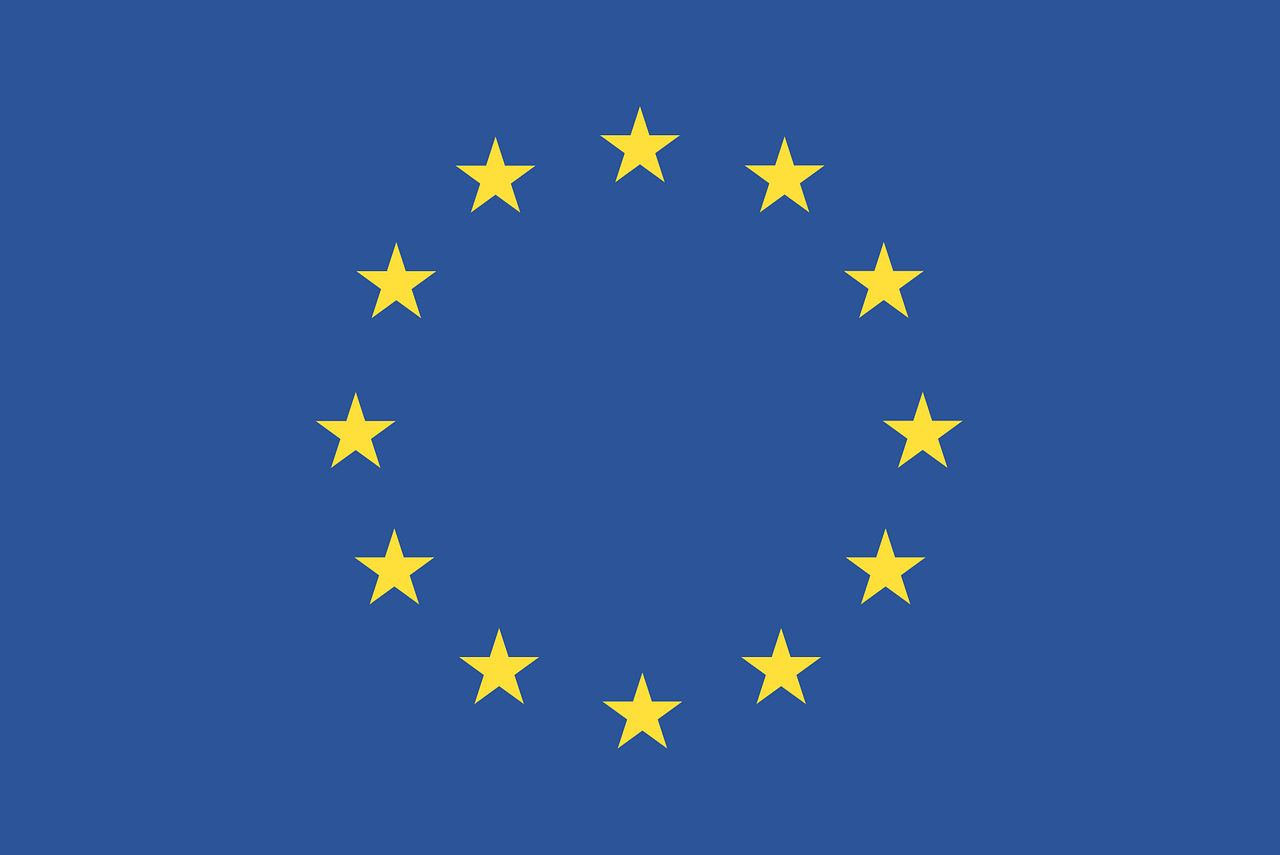It urgently needs to keep pace with market developments
The European Economic and Social Committee (EESC) welcomes the European Commission’s proposals regarding its Action Plan on VAT, which aim to modernise the EU Value Added Tax (VAT) system, at the same time calling for some modifications. It asks the Member States to do their utmost to implement the proposed reforms and move towards the definitive VAT system within a reasonable timeframe.
In the EESC’s view, the current EU VAT system – which dates back to the 90s – needs to be brought into line with new market developments, business models and technologies to ensure that the single market functions properly, to simplify VAT rules and to prevent tax fraud. Currently, the system is highly fragmented and complex, reducing and distorting trade and investment by creating unnecessary administrative burdens and trade barriers, especially for small businesses.
“This VAT reform is an important step for the EU as a whole, and Member States should set up the appropriate fora to exchange best practice on revenue collection and how to develop technologies to make it easier for the concerned parties to cooperate,” said Giuseppe Guerini (Diversity Europe Group, IT), rapporteur for the first EESC opinion on the VAT reform package.
Closing the VAT gap in Member States and tackling tax fraud
The EESC believes that Member States should work together to explore ways to make better use of digital technology to combat VAT fraud, simplify the administrative burden on tax authorities and businesses and give them easier access to information with a view to guaranteeing VAT revenue.
Particular attention should be paid to developing a system for efficient tax collection in cross-border trade situations given that EU-wide, such taxes amount to more than EUR 4.1 trillion for exports and EUR 3.9 trillion for imports.
In view of the significant estimated loss of revenue due to fraud (EUR 151.5 billion in 2015), Member States should also provide the necessary means to combat VAT fraud.
Key aspects of an appropriate policy on VAT rates that eases compliance for SMEs
The EESC calls on all institutions involved in the reform process to explore how a common VAT system for goods and services could be rolled out, with a view to alleviating the problems brought about by the existence of two systems and so as to be consistent with the tax neutrality principle. Following the principles of neutrality and proportionality would also guarantee a level playing field for all businesses.
“The quick fixes put forward by the Commission are crucial for the functioning of the VAT system. The EESC recommends that they be adopted for all businesses with all speed. With regard to the certified taxable person concept, the EESC would like to be informed of both the criteria for its implementation and the findings of an assessment,” said the co-rapporteur, Krister Andersson (Employers’ Group, SE).
The EESC agrees with the Commission’s proposals on reduced VAT rates and considers that they should be applied to certain classes of goods and services, especially those of general interest. The Commission also proposes to establish a “negative list” of goods and services to which the standard VAT rate would apply in order to prevent possible distortions of competition due to the destination principle.
“It is important that the “negative list” does not unduly curb Member States’ freedom to establish reduced rates for certain general interest goods,” said the rapporteur for the second EESC opinion on the VAT reform package, Petru Sorin Dandea (Workers’ Group, RO). “At the same time, we must avoid exacerbating the administrative burden and further fragmenting VAT rules.”
An in-depth analysis on the possibility of implementing higher VAT rates on luxury goods should be taken into consideration.
The EESC believes that the approach of applying reduced rates, in the case of intra-EU trade, only to goods and services that have no intermediate input, could create difficulties of interpretation with regard to the management of complex services and generate additional costs for the end user. Therefore, while agreeing with the Commission’s objective of ensuring that the measures are for the benefit of the final consumer, the EESC considers that the reduced rates and exemptions proposed should be applied primarily for the purpose of achieving a general interest objective in a consistent way.
Since the new VAT scheme for small businesses is intended to help them access the single market through simplified VAT rules, the EESC considers that the thresholds for this scheme should be set at levels that ensure that all SMEs are covered by it and that these rules should also apply to social economy enterprises.

